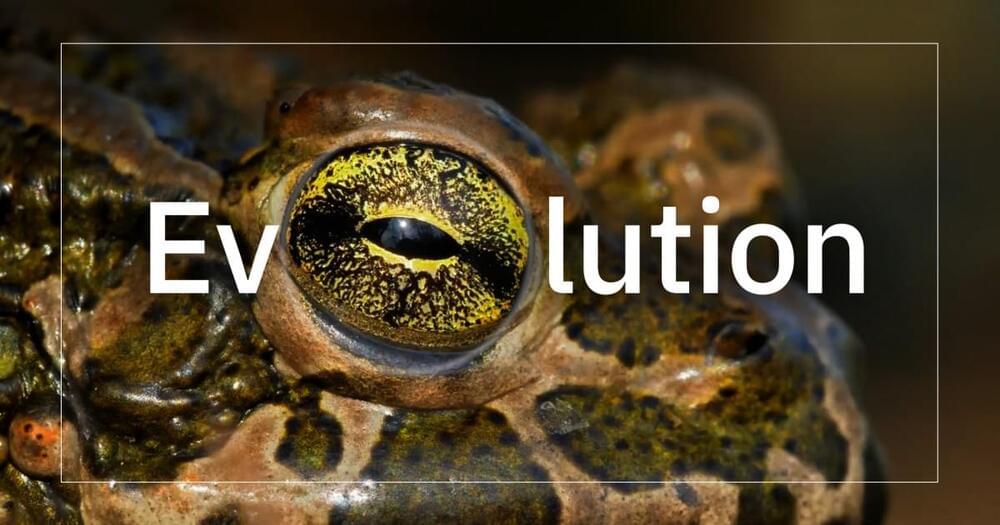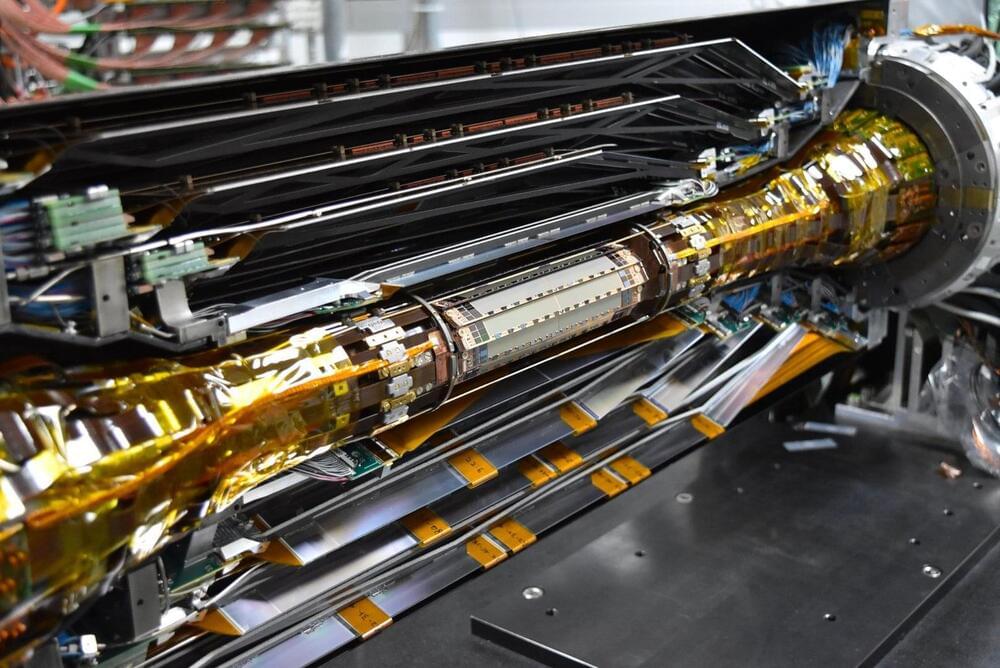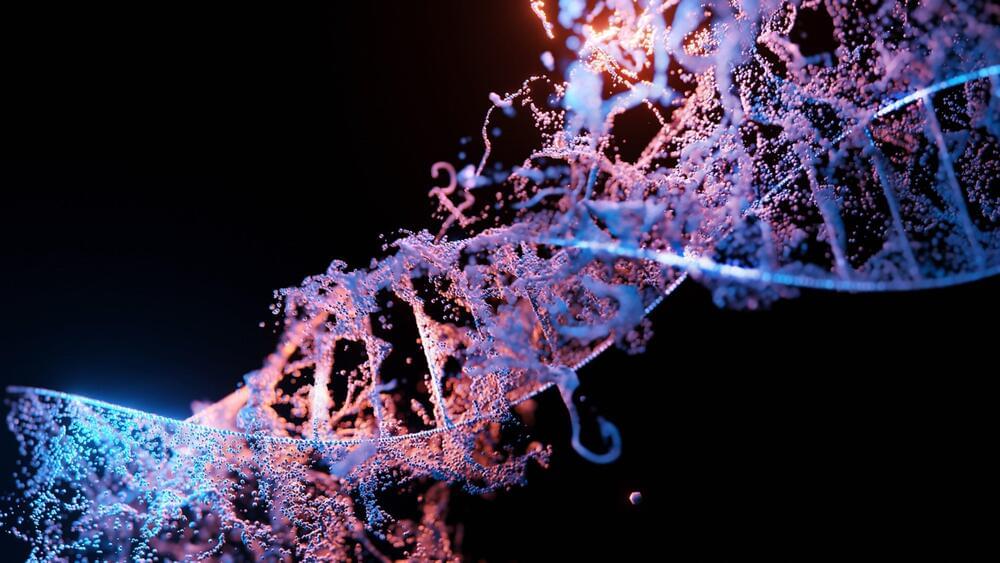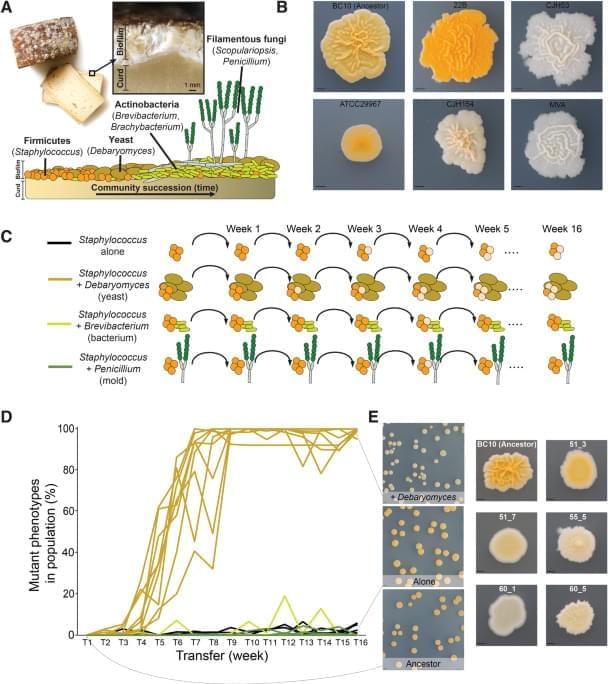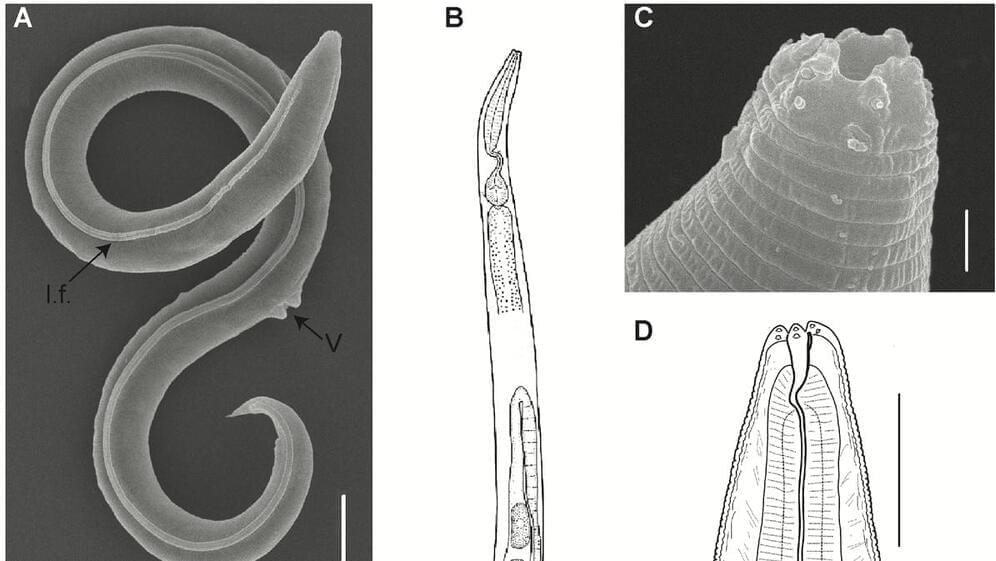One of the most actively debated questions about human and non-human culture is this: under what circumstances might we expect culture, in particular the ability to learn from one another, to be favored by natural selection? Researchers at the Max Planck Institute for Evolutionary Anthropology in Leipzig, Germany, have developed a simulation model of the evolution of social learning. They showed that the interplay between learning, memory and forgetting broadens the conditions under which we expect to see social learning to evolve.
Social learning is typically thought to be most beneficial when the environments in which individuals live change quite slowly – they can safely learn tried and tested information from one another and it does not go out of date quickly. Innovating brand-new information, on the other hand, is thought to be useful in dynamic and rapidly changing environments.
Researchers Madeleine Ammar, Laurel Fogarty and Anne Kandler at the Max Planck Institute for Evolutionary Anthropology developed an agent-based simulation model of the evolution of social learning that incorporated the ways in which animals might remember, forget, and share crucial pieces of information throughout their lives. They asked: when do the agents want to learn from others? When is it best to forget or retain information that they have learned? When is it best to innovate?

